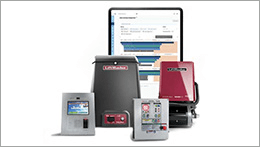What is Keyless Entry?
Keyless Entry Explained: What it is and How it Works in a Smart Home
The backup plan for getting locked out of your home has been the same for years: a spare key under the flowerpot. Convenient? Maybe. Secure? Not necessarily. Anyone who knows where to look has access to your home, and if you’ve ever forgotten to put the key back, you know the frustration of being locked out by your system.
If you’re one of the 63.43 million U.S. households actively using smart home devices, you already expect your lights to adjust automatically, your thermostat to learn your schedule, and your security cameras to provide real-time alerts. So why should unlocking your door still rely on outdated setups?
Keyless entry is the missing puzzle piece, the upgrade that makes your home feel as smart as you are. While it does help you ditch keys, what's more important is the control and convenience you get knowing exactly who’s coming and going from your home.
So, what is keyless entry, and why does your home need it? Let’s break it down.
What Does Keyless Entry Mean in a Smart Home?
Put simply, keyless entry is a locking system that doesn’t rely on traditional keys. Instead, it uses digital access methods to let authorized users in while keeping everyone else out.
Standard locks can’t tell you who has a key—or if it’s been used. Lose your keys, and you’re locked out. Lend them out, and you don’t know who made a copy. Keyless entry eliminates that uncertainty by replacing keys with encrypted access methods that you control in real-time.
Different Types of Keyless Entry Systems
So what does keyless entry mean for modern technology like Wi-Fi and Bluetooth? The right option depends on how you want to manage access:
- PIN codes — To unlock the door, enter a secure code on a keypad or touchscreen. Many systems let you create unique codes for different users and even set expiration times for temporary guests. If you're wondering how to lock a keypad door , some models require you to re-enter your code, while others offer one-touch or auto-lock features.
- Smartphone access – Your phone becomes your key, letting you unlock your door remotely through an app, whether you’re inside, at work, or halfway across the world.
- Biometric authentication— Some advanced keyless entry systems use fingerprint or facial recognition for added security. Unlike a PIN or key, biometrics cannot be lost or stolen.
- Bluetooth or Wi-Fi connectivity – Certain locks detect your phone’s proximity and unlock automatically. Others allow remote access from anywhere, so you can let in a guest or delivery driver without being home.
- Smart home integration – Sync with your smart home system and link entry access to security cameras, alarms, and voice assistants.
- RFID systems – Some smart locks support RFID (Radio-Frequency Identification) technology, which uses radio waves to identify and authenticate a paired card, fob, or smartphone tag. While popular in apartment buildings and gated communities, it’s also great for kids without phones or tap-and-go access when your hands are full.
If you’re already using smart home devices, keyless entry is the upgrade that brings it all together.
How Does Keyless Entry Work?
At its core, keyless entry replaces physical keys with digital credentials and uses encrypted communication to verify them on the go.
Instead of inserting a metal key, you prove you belong using digital methods you control. These credentials give you far more control than a traditional lock, by being:
- Programmable so that you can create custom access codes for specific users
- Revocable, so you can instantly deactivate or delete access without changing the physical lock
The lock itself contains a microprocessor that handles authentication. This internal processor acts like the lock’s brain.
When you enter a code or tap your phone, your input is verified through secure protocols, ensuring only approved users gain access. The system also creates a log of every interaction, so you know exactly when and how someone entered.
Bluetooth vs. Wi-Fi: What’s the Difference?
Most smart locks use either Bluetooth, Wi-Fi, or both:
- Bluetooth handles short-range unlocking. Your phone and lock “handshake” automatically when you approach. Some systems can even be configured to unlock the door without you needing to open an app or press a button—just walk up and walk in.
- Wi-Fi extends your reach, allowing remote access from anywhere with internet. Whether you're at the office or just lounging on the couch, you can see when someone comes in or lock the door if you forget—all from your smartphone.
But the real magic happens when keyless entry becomes part of a larger smart home ecosystem.
Turning a Smart Lock Into a Smarter Home
Once integrated with platforms like myQ, Alexa, or Google Assistant, your door lock can:
- Trigger smart routines (like turning on lights or disarming alarms when you get home)
- Send alerts about entries and exits
- Automatically lock when you leave, or on a schedule you set
So, if you’re wondering how keyless entry works in a smart home, it helps sync your home’s brain with its front line of defense.
Benefits of Keyless Entry for Home Security and Convenience
If you’re wondering what keyless entry offers beyond a key-free life, the answer lies in two big advantages: enhanced security and everyday convenience.
Traditional locks haven’t changed much in decades, which is the problem. They rely on a physical object that can be lost or copied. But keyless entry works with your tech-fueled lifestyle, adapting to your needs with features built for modern life.
- Real-time control – Can’t remember whether you locked the door? With keyless entry, you can secure your home from anywhere, anytime. That’s peace of mind like you’ve never experienced before.
- Know who’s coming and going – Every unlock leaves a digital trace. You can see exactly who entered and when—giving you full control and knowledge over what’s going on in your space.
- No spare key risks – Hiding a key under the mat might feel convenient, but it’s also the first place an intruder will check. With keyless entry, you can generate temporary digital codes for guests and service professionals, and revoke access as soon as they’re done.
- Built-in alerts – Many systems send push notifications if someone tries to tamper with your lock or enters the wrong code too often.
Addressing Keyless Entry Safety Concerns
Are keyless door locks safe ? This is one of the most common questions—and a smart one. The short answer is yes, when used correctly, keyless entry is very safe—and in many ways, it’s safer than traditional locks.
- Encrypted credentials – Most RFID systems use AES encryption (the same standard used by banks and government agencies) to verify access.
- No keys to copy – Unlike a metal key, your digital credentials cannot be duplicated at the hardware store.
- Automatic locking – Some locks re-lock themselves after a set time or when you leave the house, so you’re never left wondering.
- Software updates – Just like your phone, many smart locks receive regular firmware updates to stay ahead of threats.
Pro tip: Are you worried about power outages or dead batteries? Most smart locks are battery-powered (not reliant on home electricity) and warn you well in advance when battery levels are low. Many models also include backup entry options, like a physical key or external battery port, so you’re never locked out. And if you're not sure how to change the battery on a keypad door lock , most manufacturers provide simple, step-by-step instructions to make it easy.
Safety Tips to Maximize Your Setup
To get the most out of your keyless system—and ensure it stays secure—keep these quick tips in mind:
- Steer clear of PINs like 1234 or your birthday, since they may be easier to guess.
- Keep your lock's firmware up to date, just like you would with your phone or laptop.
- Enable app lockouts or alerts if multiple failed attempts occur.
- Buy from trusted brands with a track record of security.
Keyless Garage Entry with myQ
At myQ , our keyless solutions don’t stop at the front door. Your garage is the biggest entry point to your home, and the one most people overlook. That’s why our smart locks and garage controls are designed to do more than open and close, taking the guesswork out of home access.
Are you running a vacation rental or Airbnb? With myQ, you can create custom access schedules that auto-expire after checkout, get notified when your guests arrive, and give your cleaning crew secure entry—all without lifting a finger (or handing over a key).
For busy families, it’s about everyday control. Give your kids a unique access code that works after school hours, let in a dog walker or delivery driver while you're at work, or check the app to see if your teen remembered to close the garage.
If you’re already building a smart home, myQ plugs in seamlessly. You can link it to your existing routines—like locking up at night or turning on lights when someone arrives—and control everything from the same app you already use for security or voice assistants.
Our smart home products are built to fit how real people live and work for you. Ultimately, we aim to empower you with one less “Did I remember to…?” moment in your day.
With keyless entry from myQ, convenience, control, and peace of mind come standard—no matter where life takes you.
Sources:
Statista. U.S.: smart home number of users 2019-2028. https://www.statista.com/forecasts/887611/number-of-smart-homes-in-the-smart-home-market-in-the-united-states
International Journal of Advanced Research in Science Communication and Technology. Smart Lock Technology: Developing and Enhancing Home Security using Android-Based Controlled Door Locking Apps. https://ijarsct.co.in/Paper12176.pdf
Journal of Scientific & Industrial Research. Facial Recognition-Based Smart Door Lock System. https://www.researchgate.net/publication/360783137_Facial_Recognition_Based_Smart_Door_Lock_System
The Verge. I tried the tech that makes hands-free smart locks actually work. https://www.theverge.com/smart-home/603957/uwb-hands-free-unlocking-schlage-aliro-apple-samsung-hands-on
ResearchGate. A variant of implementation of the AES algorithm in RFID systems. https://www.researchgate.net/publication/367818598_A_variant_of_implementation_of_the_AES_algorithm_in_RFID_systems
 Smart Cameras
Smart Cameras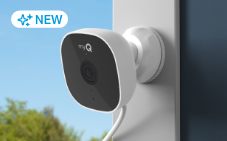
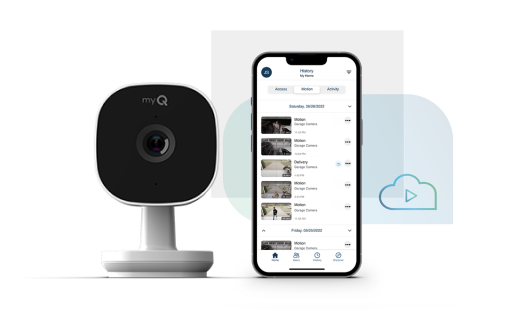
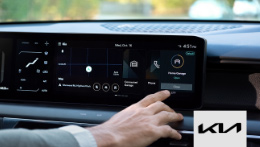
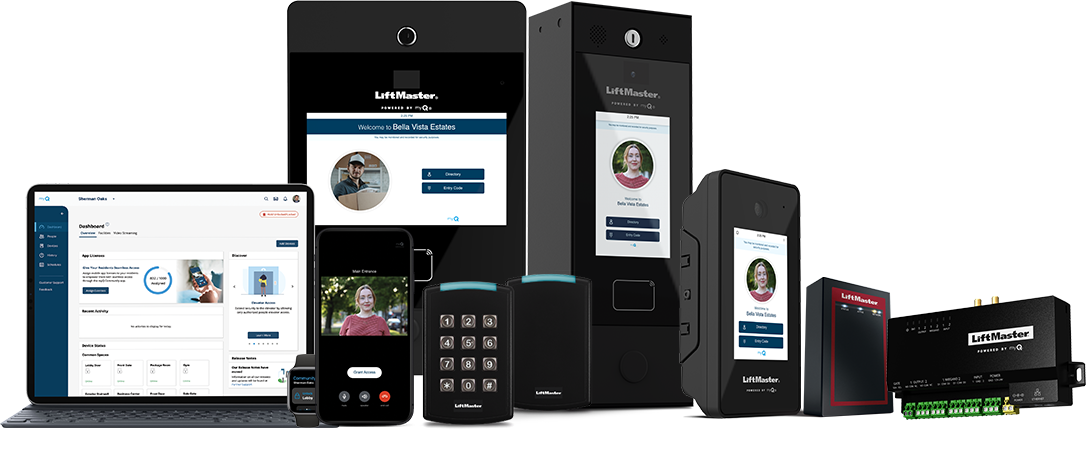
 Fire Station
Fire Station